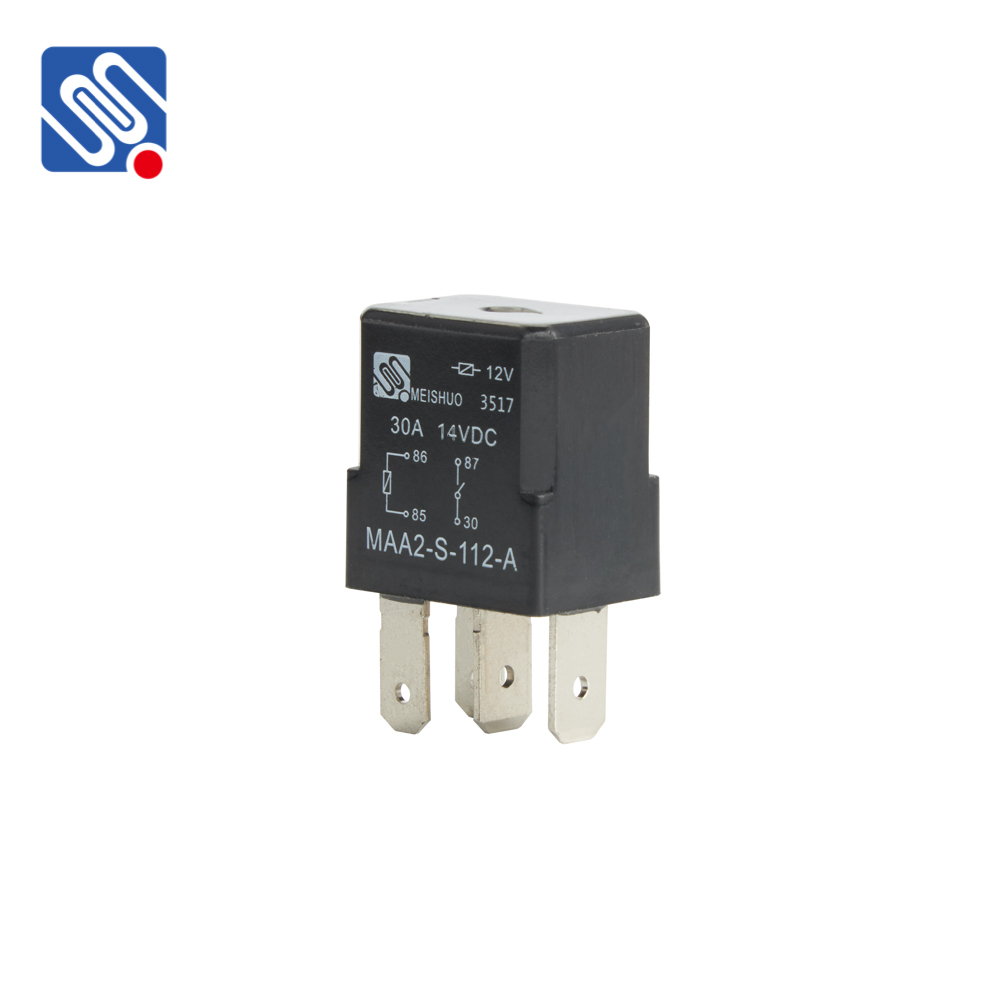Relays are critical components in various electrical circuits, serving as switches that can open or close circuits without direct human intervention. They are essential in automation systems, power grids, telecommunications, and many other fields. One of the most important parameters to understand when dealing with relays is relay current. In this article, we will explore the concept of relay current, its role in relay operation, and its significance in practical applications.

What is Relay Current? Relay current refers to the amount of electric current that flows through the relay coil when the relay is activated. Relays function by using an electromagnetic coil to create a magnetic field when current passes through it. This magnetic field then moves the armature, which either makes or breaks the contacts, thereby controlling the connected circuit. The current that energizes the coil is crucial to the proper functioning of the relay. The current passing through the relay’s coil is generally categorized into two types: the pick-up current and the drop-out current.